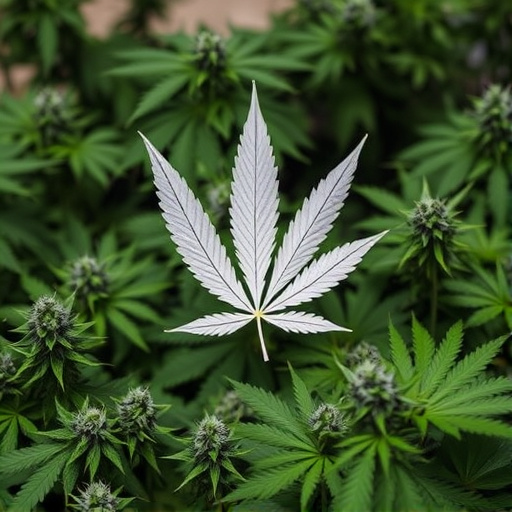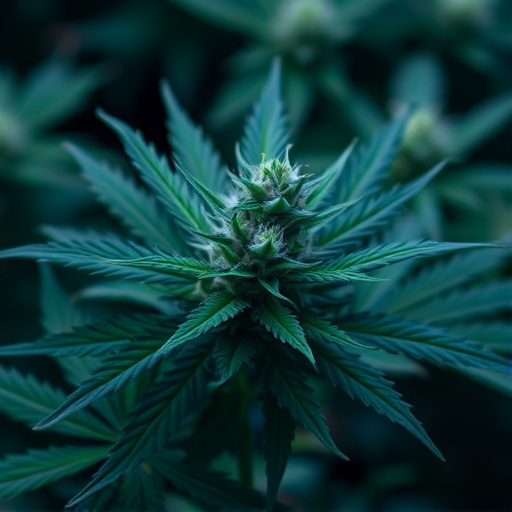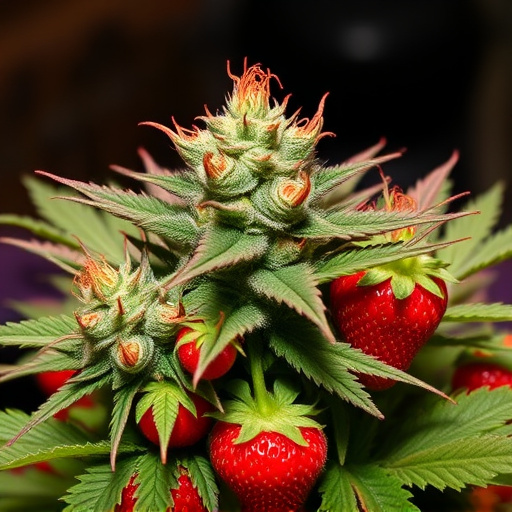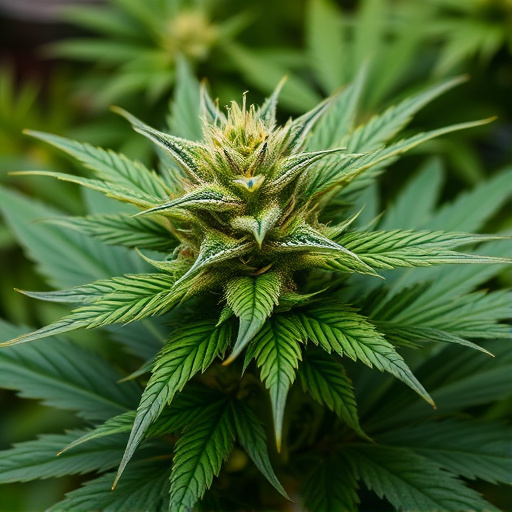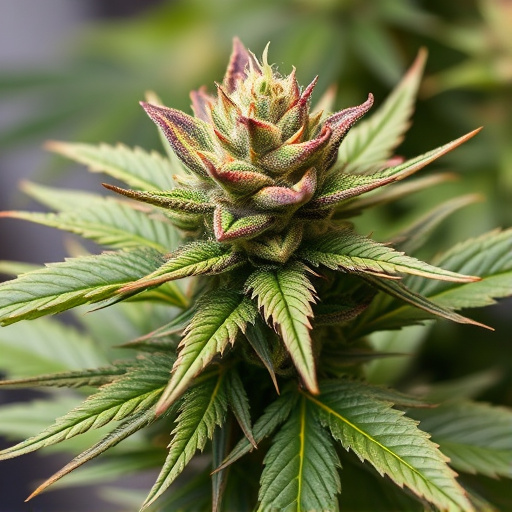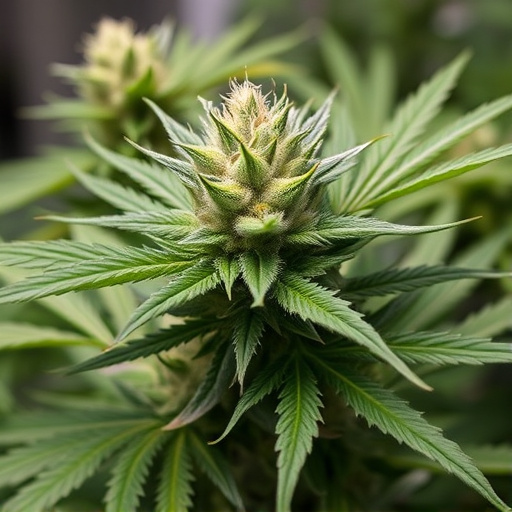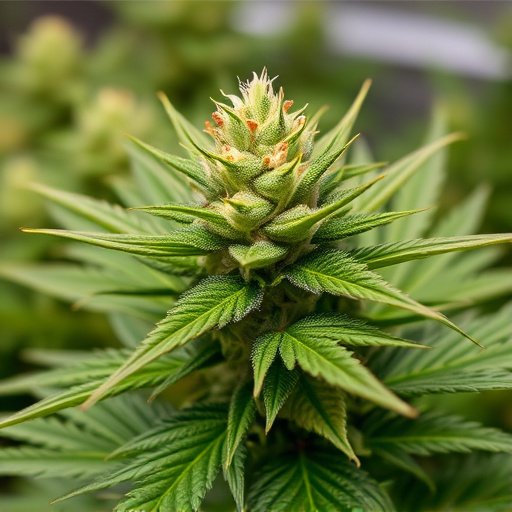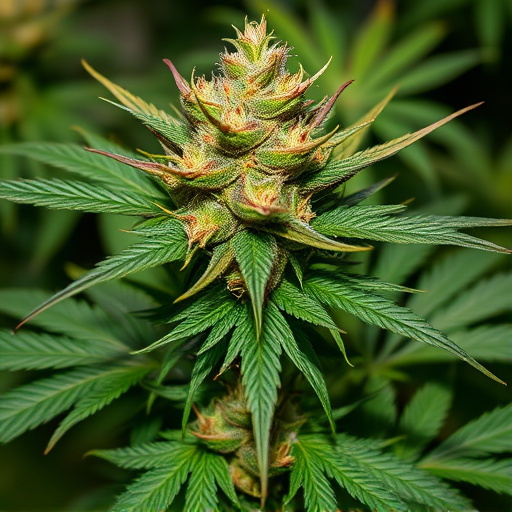Trichomes, microscopic glandular hairs on cannabis plants, hold crucial information about harvest time and strain quality. Cultivators can assess trichome density, clarity, and color using simple tools or magnifying glasses to ensure optimal harvest timing for high-quality, potent products. With the introduction of novel strains, understanding trichome development is essential; microscopes and testing kits enable precise analysis of structure, color, density, and cannabinoid/terpene profiles, guiding cultivators to optimize harvest timing based on data for peak potency and desirable traits in the newest strains of cannabis.
“Unveiling the secrets of trichomes is essential for cannabis cultivators aiming to achieve optimal harvests and ensure superior quality. This comprehensive guide navigates you through the art of checking trichomes, focusing on the newest strains of cannabis. From understanding these tiny, hair-like structures as the key indicators of maturity to mastering visual inspection techniques and employing advanced tools like microscopes and testing kits, gain insights into assessing trichome health and density for perfect harvests every time.”
- Understanding Trichomes: The Key to Harvesting and Quality Assessment
- Visual Inspection: Identifying Mature Trichomes in Newest Strains of Cannabis
- Using Tools for Accurate Analysis: From Microscopes to Testing Kits
Understanding Trichomes: The Key to Harvesting and Quality Assessment
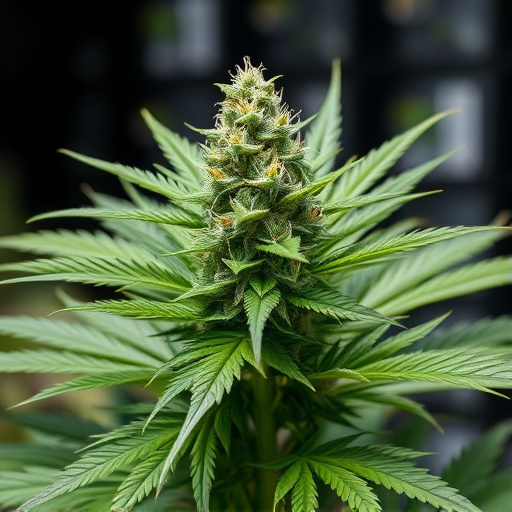
Trichomes, tiny glandular hairs found on the surface of cannabis plants, are integral to understanding both harvesting timing and assessing the quality of new strains of cannabis. They produce a range of compounds, including cannabinoids and terpenes, that significantly influence the plant’s aroma, flavor, and potential therapeutic effects. As these compounds accumulate in trichomes, they signal the plant’s maturity and readiness for harvest.
Examining trichomes under a magnifying glass or using specialized tools allows cultivators to gauge their density, clarity, and color—all indicators of both the plant’s health and the richness of its chemical profile. In newer cannabis strains, understanding trichome development is even more crucial as genetic diversity can lead to varied maturation timelines and cannabinoid profiles, requiring precise timing for optimal harvest and quality assurance.
Visual Inspection: Identifying Mature Trichomes in Newest Strains of Cannabis
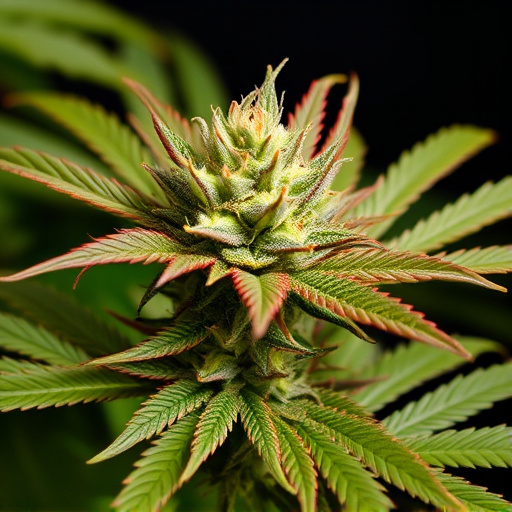
When evaluating cannabis plants for harvest, a thorough visual inspection is crucial. Among the various indicators of maturity and quality, trichomes play a significant role. In the newest strains of cannabis, these microscopic hair-like structures can be challenging to discern due to their small size and diverse appearances. However, experience or even a magnifying glass allows cultivators to identify mature trichomes with precision.
During visual inspection, look for trichomes that have developed a milky or amber color, indicating the buildup of cannabinoids like THC and terpenes. Healthy, fully formed trichomes should appear clear and sticky when touched, showcasing the plant’s optimal maturity and quality. This careful examination allows cultivators to decide on the perfect timing for harvest, ensuring they capture the highest levels of potency and flavor in their final product.
Using Tools for Accurate Analysis: From Microscopes to Testing Kits
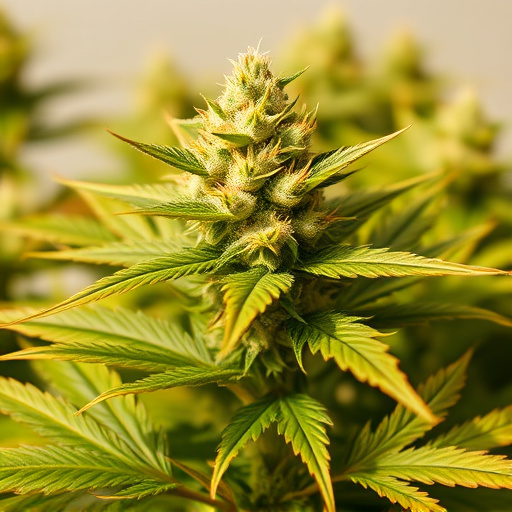
In the pursuit of excellence in cannabis cultivation, particularly with the advent of the newest strains of cannabis, understanding trichome development is key. Trichomes, those tiny hair-like structures that cover the plant’s surface, play a pivotal role in determining both harvest timing and overall quality. Accurate analysis of these microscopic features requires specialized tools.
For close examination, microscopes offer unparalleled precision, allowing cultivators to study trichome structure, color, and density. Beyond optical aids, testing kits equipped with innovative technology provide rapid, reliable insights into trichome profiles. These kits can quantify cannabinoid concentrations, identify terpene compositions, and even predict potential effects based on trichome characteristics. By leveraging these tools, cannabis growers can make data-driven decisions, ensuring they harvest at the optimal time for maximum potency and desirable traits in the newest strains of cannabis.
When evaluating the quality and ripeness of cannabis, understanding trichomes is paramount. By mastering visual inspection techniques and employing precise tools like microscopes and testing kits, cultivators can ensure they harvest the newest strains of cannabis at the optimal time. This meticulous approach guarantees a superior final product, catering to consumers’ discerning tastes.


